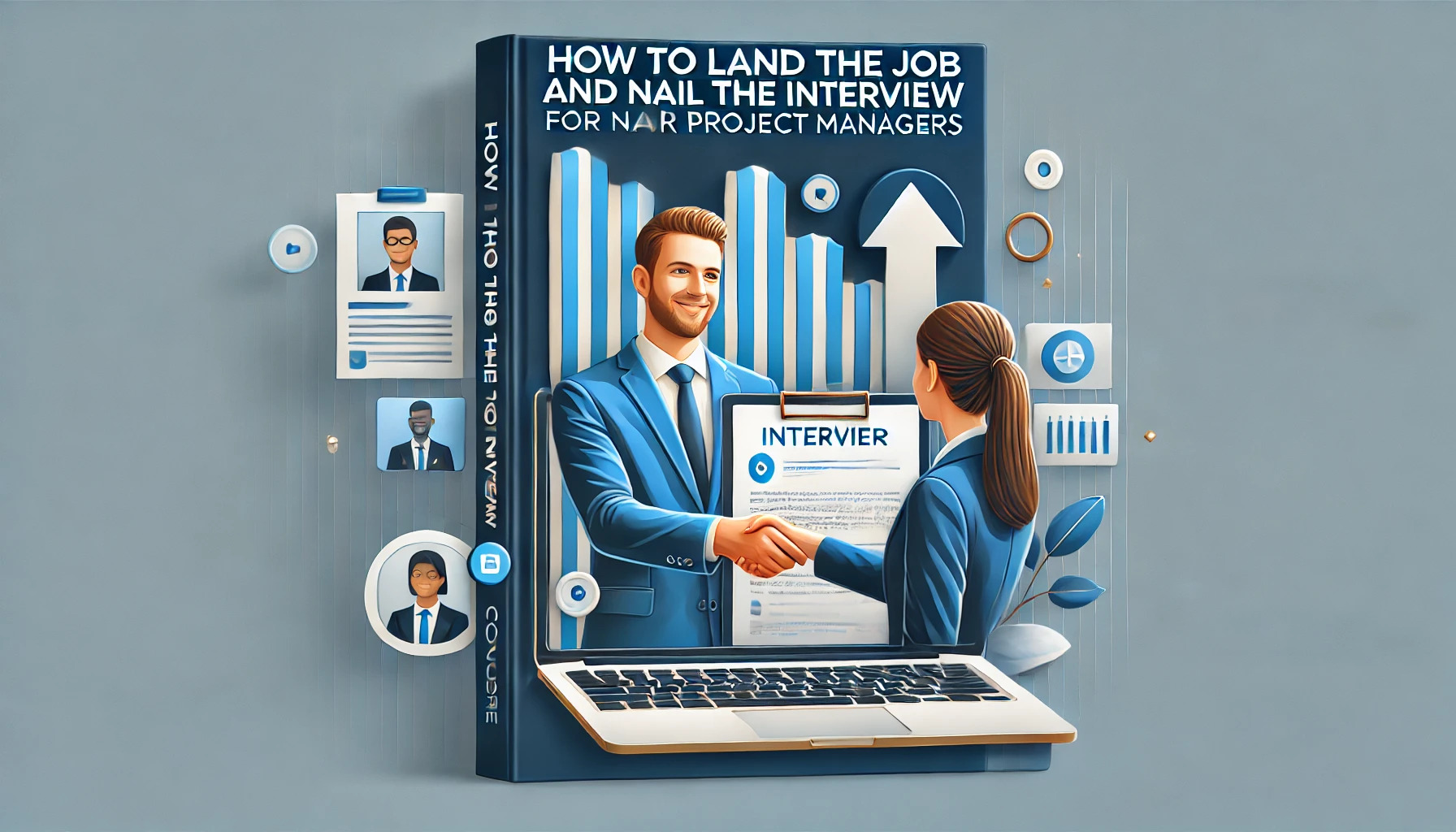Acquisition
Securing the people, equipment, and other tangible resources needed to carry out project work. Obtaining these resources involves a cost to gain access, which may be monetary or take non-cash forms such as internal chargebacks, opportunity cost, or time commitments.
Key Points
- Includes both human resources (staff, contractors) and physical resources (tools, facilities, materials).
- Resources can come from internal departments or external suppliers, often requiring procurement or staffing actions.
- Costs are not limited to payments; they can include internal allocations, opportunity costs, or schedule impacts.
- Planned through resource and procurement processes; lead times and availability influence schedule and risk.
Example
On a construction project, the project manager rents a crane for two weeks and contracts a certified operator. The rental is a cash expense, while reassigning an in-house rigger from operations represents a non-cash opportunity cost due to reduced operational capacity.
PMP Example Question
Which activity best illustrates acquisition in a project context?
- Negotiating with a staffing vendor to bring in two developers for three months.
- Re-sequencing tasks to smooth out over-allocated resources.
- Updating the risk register after discovering a skills gap.
- Calculating cost performance index during monthly reporting.
Correct Answer: A — Securing needed people from an external source
Explanation: Acquisition is about obtaining human and material resources to do the work. Negotiating with a vendor to obtain developers is acquisition; the other options relate to resource optimization, risk management, or performance measurement.
 HKSM
HKSM
